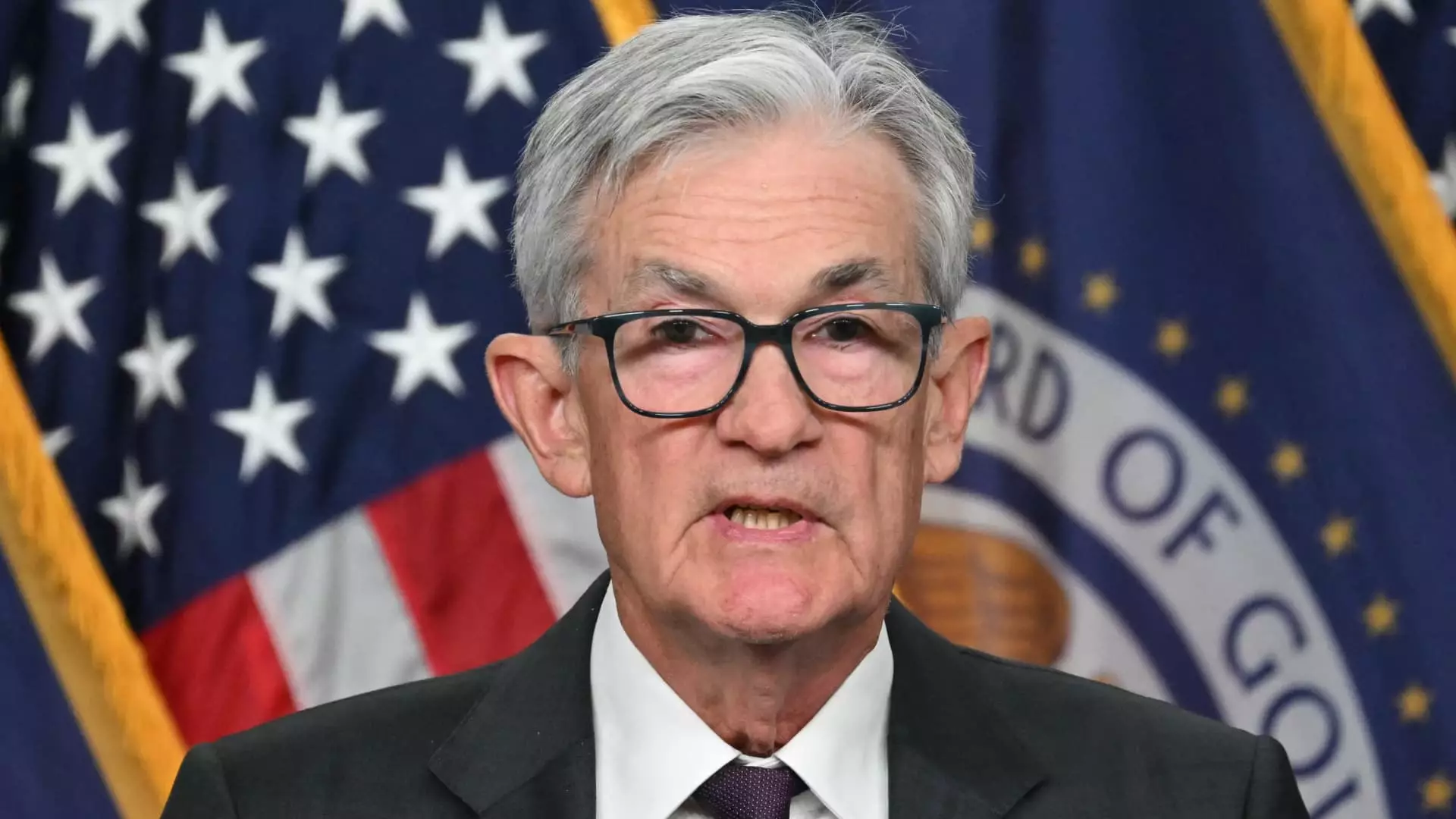In a significant policy decision, the Federal Reserve opted to maintain its key interest rate at a steady level of 4.25%-4.5% during its recent meeting, a move that caught the attention of economists and investors alike. This decision, which follows a series of three cuts since September 2024, reflects the Fed’s careful consideration of emerging economic and political dynamics. As the financial landscape continues to shift, the central bank underscores its commitment to navigating through uncertainty, even as external pressures mount.
The Federal Open Market Committee (FOMC) carefully evaluated the economic indicators before announcing the hold on interest rates. The post-meeting statement highlighted a more positive outlook regarding the labor market, noting that the unemployment rate has stabilized at a low level. Despite sustained concerns about inflation, the Fed acknowledged that the economy continues to expand at a robust pace. This assessment suggests that the economic metrics are strong enough to warrant caution rather than aggressive policy shifts.
However, the omission of critical language from the previous December statement regarding inflation, which indicated progress toward the Fed’s target of 2%, raises eyebrows. The phrasing surrounding inflation has become increasingly nuanced, reflecting a sense of vulnerability in the current economic environment. Analysts have interpreted this as a sign that while inflation has eased compared to its 40-year peak in mid-2022, the journey toward the ultimate goal remains fraught with challenges.
The recent Federal Reserve meeting coincided with a politically charged atmosphere, particularly following Donald Trump’s inauguration and his vocal position on interest rates. Trump has called for immediate cuts to interest rates, creating a potentially adversarial relationship reminiscent of his first term. Although the Fed operates independently, the political landscape creates a backdrop of tension that could influence public perception and market sentiment.
Chairman Jerome Powell emphasized during a press conference that he has not had contact with Trump since his inauguration, signaling the Fed’s intention to maintain its autonomy despite political pressures. Nevertheless, Trump’s aggressive policy agenda—marked by executive orders and a focus on tariffs and deregulation—introduces new factors that the Fed must navigate carefully. This complex interplay raises questions about how potential policy changes could influence the overall economic stability.
Following the Fed’s decision to hold rates steady, market reaction was swift and pronounced. Stocks experienced a dip, reflecting investor concerns about future rate adjustments. Traders had anticipated no change in policy during this meeting, and current indicators suggest a cautious approach moving forward. Market expectations indicate an estimated funds rate of approximately 3.9% by the end of 2025, implying a modest probability of rate cuts within the next year.
The economic backdrop remains generally positive, with consumer spending showing resilience throughout 2024. However, recent revisions to the GDP growth forecast signal that potential volatility in private domestic investment could temper optimism. In particular, the Atlanta Fed recently lowered its annualized growth estimate for the fourth quarter from 3.2% to 2.3%, underscoring the unpredictable nature of the current economic environment.
As the Federal Reserve navigates this complex landscape, it is clear that the central bank’s decisions will be informed by both domestic economic conditions and external political dynamics. The interplay of these factors poses unique challenges, and the Fed must remain vigilant in its approach. Policymakers are not only contending with economic variables but also the broader societal implications of their decisions.
In the coming months, the Fed’s focus will likely remain on the interplay between labor market strength and inflationary pressures. The consensus among officials appears to be leaning towards a wait-and-see strategy, allowing time for the effects of previous rate cuts to materialize fully. This prudent strategy aligns with the Fed’s broader mandate of ensuring economic stability amid a whirlwind of external influences.
As we look to the future, the path forward is not without uncertainty. The Federal Reserve’s ability to balance its dual mandate—promoting maximum employment while maintaining stable prices—will be tested against a backdrop of continued political volatility and economic unpredictability. How effectively the Fed addresses these challenges will not only define its legacy but also the trajectory of the American economy in an ever-evolving landscape.

